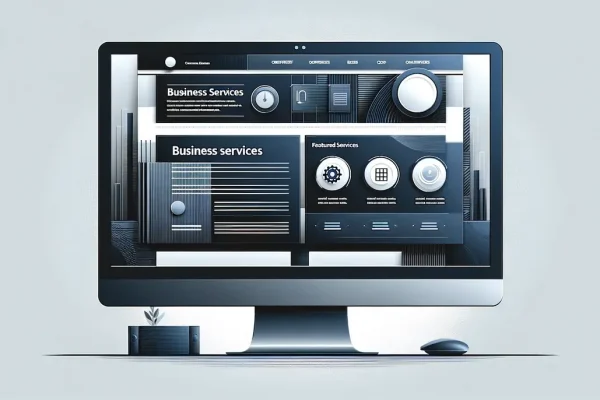Do you remember the last time you updated your website? If it’s been a while, you might be missing out on potential growth opportunities. A well-timed website redesign can bring new life into your business and help you connect with your audience better.
In this article, we will outline the key signs that indicate it’s time for a website overhaul and what you should anticipate as you embark on this exciting journey. Let’s explore how to make your website not just functional but phenomenal.
Recognizing the Need for a Website Redesign
Your website is the core of your company’s online identity and operations. Knowing when to revamp your site can be the key to unlocking enhanced customer engagement and revitalizing business performance. Here are the significant signs that your website may be due for a redesign:
Outdated Website Design
An outdated design can tarnish your brand’s reputation and diminish user engagement. As web design standards continually evolve, a website that appears stuck in the past can quickly make your business look out of touch with current trends.
Upgrading your website’s design can improve its aesthetics and functionality, making it more attractive and more accessible for your visitors to use. Consider the shift toward minimalist designs with flat elements and vibrant colors, which can help modernize your website’s look and feel.
This rejuvenation is about keeping up with aesthetic trends and making your website accessible and enjoyable for a broader audience.
Poor User Experience (UX)
A seamless user experience is critical in retaining visitors and converting them into customers. If your website is challenging to navigate, loads slowly, or isn’t optimized for mobile devices, you may lose potential business. Modern websites must be responsive and adapt smoothly to any screen size and device.
Navigation should be intuitive, helping users find information quickly and easily. Improving these aspects of your website can drastically decrease your bounce rate and increase the time visitors spend on your site, both of which are vital for improving search engine rankings and user satisfaction.
Subpar Performance Metrics
Analyzing performance metrics such as bounce rates, conversion rates, and page loading times can provide insights into your website’s health. A high bounce rate often suggests visitors need help finding what they expect or are frustrated by poor usability.
If your website’s loading time exceeds a few seconds, it could significantly impact user retention and SEO rankings, as search engines prioritize fast-loading sites. By redesigning your website, you can optimize these elements to meet performance standards that attract and keep visitors on your site longer, enhancing their overall experience and likelihood to convert.
New Business Goals or Branding
As your business evolves, your website should grow with it. If you’ve rebranded, expanded your offerings, or shifted your business focus, your website must reflect these changes.
A redesign can help realign your website with your current brand, ensuring consistency across all customer touchpoints. It can also incorporate new features or functionalities necessary for your expanded services or products.
This alignment is crucial for aesthetics and functionality, ensuring your website adequately supports your business operations and goals.
Planning Your Website Redesign
Embarking on a website redesign requires careful planning and strategic thinking. As a critical part of your digital transformation, it’s essential to outline clear objectives and involve the right tools and teams to ensure the project’s success.
At Index365, we emphasize a structured approach to redesign, incorporating best practices and leveraging advanced tools to streamline the process.
Setting Clear Goals
Before diving into the redesign, defining what you want to achieve is crucial. Are you looking to increase traffic, improve conversion rates, or enhance user experience? Perhaps you aim to integrate more robust functionalities like e-commerce capabilities or interactive user forums.
By setting clear and measurable goals, you can steer the redesign process toward aligning perfectly with your business objectives. These goals will also serve as benchmarks for assessing the redesign’s success once it’s live.
Choosing the Right Platform
Selecting the appropriate platform for your website is foundational to its future performance and scalability. Consider factors like content management efficiency, security features, and compatibility with various plugins and tools.
Whether you opt for a flexible platform like WordPress or a more specialized e-commerce platform like Shopify, your choice should support both your current needs and future growth. At Index365, we help clients evaluate their platform options based on technical requirements, budget, and long-term digital strategy to find the best fit.
Involving Key Stakeholders
A website redesign is not solely a marketing initiative but a cross-departmental endeavor that affects every part of your organization. Engaging stakeholders from sales, customer service, IT, and marketing can provide valuable insights that influence the redesign’s direction and ensure the final product meets everyone’s needs.
Regular meetings and updates throughout the project can keep all parties aligned and foster a sense of ownership and acceptance of the organizational changes.
What to Expect During the Redesign Process
The website redesign process can be complex and extensive, but it becomes manageable and exciting with a well-structured plan. Knowing what to expect at each stage can help you prepare effectively and ensure a smooth transition from old to new.
Design Phase
In the design phase, your ideas and concepts take visual form. This stage involves creating wireframes and mockups that outline the structural layout of your new site.
It’s a collaborative effort involving designers, UX experts, and stakeholders to ensure that every aspect of the site’s look and feel aligns with your branding and goals. Feedback during this phase is crucial, as it shapes the user interface to determine how visitors interact with your site.
Development and Testing
Once the design is finalized, developers turn mockups into functioning sites. This stage involves coding the website’s architecture, integrating databases, and implementing functionalities specified in the planning phase.
Concurrently, rigorous testing is conducted to ensure everything works as intended across different browsers and devices. Performance testing, security checks, and user experience assessments are all part of this critical phase to guarantee a robust and secure online presence.
Launch and Post-Launch
Launching your new website is a milestone, but the work doesn’t stop there. Post-launch activities include monitoring the site’s performance against your set goals, fixing any issues that arise, and making iterative improvements based on user feedback.
This phase is vital for optimizing the website to ensure it meets user expectations and achieves the desired outcomes. Continuous monitoring and updating are crucial to keep the website relevant and performing optimally.
Enhancing Content Strategy
An effective website redesign involves updating the visual elements as well as reevaluating and enhancing the content strategy. A well-thought-out content strategy can significantly impact how your audience interacts with your site and how well it performs in terms of SEO and user engagement.
Auditing Existing Content
Start by reviewing your current content to determine what is performing well and what isn’t. This audit will help identify the strengths and weaknesses of your site’s content.
Analyze metrics such as page views, time spent on page, and conversion rates to understand what your audience finds valuable. The insights gained from this audit can inform the content direction in the redesign, ensuring that you keep what works and revamp what doesn’t.
Aligning Content with User Needs
Your content should meet the needs and interests of your target audience. This involves understanding your audience’s pain points, preferences, and behaviors.
Use this data to tailor your content strategy, ensuring it addresses the user’s needs directly and effectively. This alignment enhances user experience and increases the likelihood of converting visitors into customers.
Planning for Scalable Content
As your business grows, so too should your website’s content. Plan for scalability by establishing a content management system (CMS) that allows for easy updates and expansions.
Ensure that your CMS is intuitive and that it supports collaborative use across your team. Scalable content strategies consider future business growth, allowing you to add new services, products, or features without a complete overhaul.
Optimizing for Search Engines
A website redesign is a prime opportunity to boost your SEO strategy. Your site’s structure, content, and technology all play critical roles in how search engines evaluate and rank your pages.
Technical SEO
Ensure your new website design adheres to the best practices in technical SEO. This includes optimizing site speed, ensuring mobile responsiveness, and implementing structured data. These elements help search engines crawl and index your site more effectively, improving your site’s visibility in search results.
Keyword Strategy
Revise and enhance your keyword strategy using the latest search trends and analytics. Incorporate keywords naturally into your content, titles, and meta descriptions to improve SEO without compromising the user experience. A thoughtful approach to keywords can attract more targeted traffic to your site.
SEO-Friendly URLs and Redirects
During a redesign, it’s crucial to maintain the integrity of your existing SEO efforts. Ensure that URL structures are user-friendly and logically organized. Implementing redirects correctly for any changed URLs will preserve link equity and prevent broken links, which can negatively impact your SEO rankings.
Integrating Advanced Analytics
Implementing advanced analytics tools can provide deeper insights into how visitors interact with your website. These tools help track user behavior, conversion paths, and other critical metrics that can influence design and content decisions.
Setting Up Analytics
From the outset of your redesign, ensure that analytics tools are correctly set up to capture all necessary data. This setup includes defining what metrics are most important to your business objectives and ensuring those metrics are tracked effectively.
Using Data to Inform Design
Use analytics data to inform decisions throughout the design process. For example, if data shows that visitors frequently abandon a specific page, investigate potential reasons and address them in the redesign.
Similarly, features that drive high engagement should be enhanced or replicated to maximize user satisfaction and conversions.
Leveraging Index365 for Your Redesign Needs
Index365 provides comprehensive solutions that support each phase of your website redesign. From planning and design to development and post-launch support, our tools and expertise can help streamline the process and enhance the outcomes of your website redesign efforts.
Our commitment to partnering with our clients throughout their digital transformation journeys ensures they receive tailored solutions that meet and exceed their expectations.
Ready to transform your online presence? Let Index365 empower your website redesign journey. With our expert guidance, innovative tools, and ongoing support, we’re here to ensure your new website drives success and growth for your business. Contact us today to start your website transformation with Index365.







